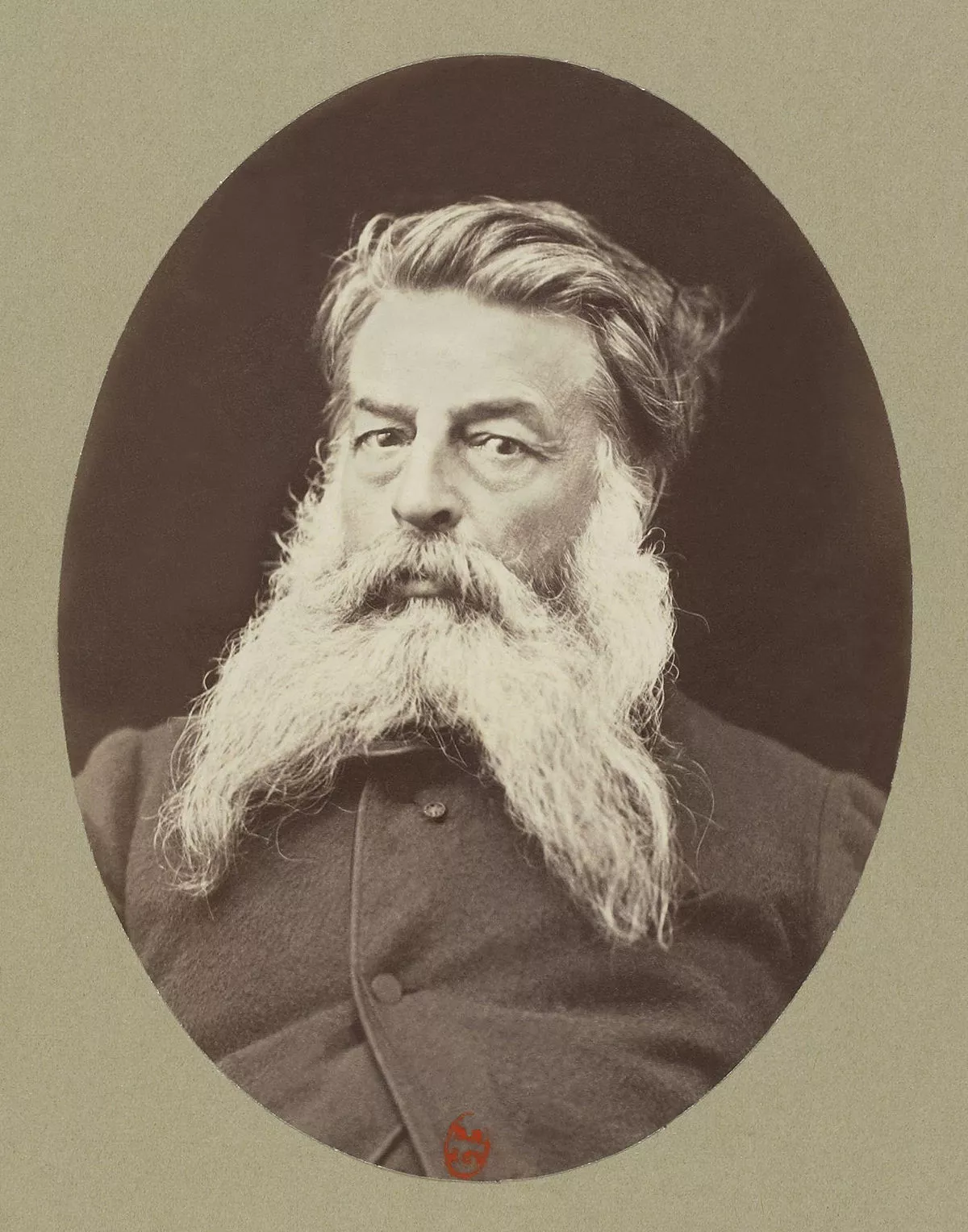 1.
1. Ernest Meissonier became famous for his depictions of Napoleon and his military sieges and manoeuvres in paintings acclaimed both for the artist's mastery of fine detail and his assiduous craftsmanship.

 1.
1. Ernest Meissonier became famous for his depictions of Napoleon and his military sieges and manoeuvres in paintings acclaimed both for the artist's mastery of fine detail and his assiduous craftsmanship.
Ernest Meissonier's work commanded enormous prices and in 1846 he purchased a great mansion in Poissy, sometimes known as the Grande Maison.
Ernest Meissonier himself said that his house and temperament belonged to another age, and some, like the critic Paul Mantz for example, criticised the artist's seemingly limited repertoire.
Ernest Meissonier expected Ernest, the eldest of his two sons, to follow him into the dye business.
Yet from his schooldays Ernest Meissonier showed a taste for painting, to which some early sketches, dated 1823, bear witness.
Ernest Meissonier formed his style after the Dutch masters as represented in the Louvre.
Ernest Meissonier paid short visits to Rome and to Switzerland, and exhibited in the Salon of 1831 a painting then called Les Bourgeois Flamands, but known as The Visit to the Burgomaster, subsequently purchased by Sir Richard Wallace, in whose collection it is, with fifteen other examples of this painter.
In 1838 Meissonier married a Protestant woman from Strasbourg named Emma Steinhel, the sister of M Steinheil, one of his artistic companions.
Ernest Meissonier became known as the French Metsu, a reference to the seventeenth-century Dutch painter Gabriel Metsu, who specialised in miniature scenes of bourgeois domestic life; "grandiose history paintings did not sell as readily as smaller canvases such as landscapes or portraits, which fitted more easily onto the walls of Paris apartments".
Ernest Meissonier specialised in scenes from seventeenth- and eighteenth-century life, portraying his bonshommes, or goodfellows - playing chess, smoking pipes, reading books, sitting before easels or double basses, or posing in the uniforms of musketeers or halberdiers [-] all executed in microscopic detail.
Ernest Meissonier's triumph was sustained at the Salon of 1857, when he exhibited nine pictures, and drawings; among them the Young Man of the Time of the Regency, The Painter, The Shoeing Smith, The Musician, and A Reading at Diderot's.
The work, a battle scene, represented something of a departure for the painter of bonshommes and musketeers though Ernest Meissonier had already painted scenes of violence and massacre, such as Remembrance of Civil War, and in 1848 had indeed seen active service as a captain in the National Guard, when he fought on the side of the republican government during the June Days.
Ernest Meissonier subsequently exhibited A Gamblers' Quarrel and Desaix and the Army of the Rhine.
In June 1868 Ernest Meissonier travelled to Antibes with canvas and easel, together with his wife, son and daughter, and two of his horses, Bachelier and Lady Coningham.
Ernest Meissonier worked with elaborate care and a scrupulous observation of nature.
On 24 May 1884 an exhibition was opened at the Petit Gallery of Ernest Meissonier's collected works, including 146 examples.
Ernest Meissonier exhibited there in 1890 his painting 1807; and in 1891, shortly after his death, his Barricade was displayed there.
Ernest Meissonier tried lithography, but the prints are now scarcely to be found.
Ernest Meissonier hoped to become a professor at the Ecole des Beaux-Arts, but the appointment he desired was never given to him.
Ernest Meissonier aspired to be chosen deputy or made senator, but he was not elected.
Ernest Meissonier was an admirable draughtsman upon wood, his illustrations to Les Conties Remois, to Lamartine's Fall of an Angel to Paul and Virginia, and to The French Painted by Themselves being among the best known.
In 2020, Ernest Meissonier's painting Joueurs d'echecs was restituted to the heirs of Marguerite Stern, from whom it was looted under the Nazis.